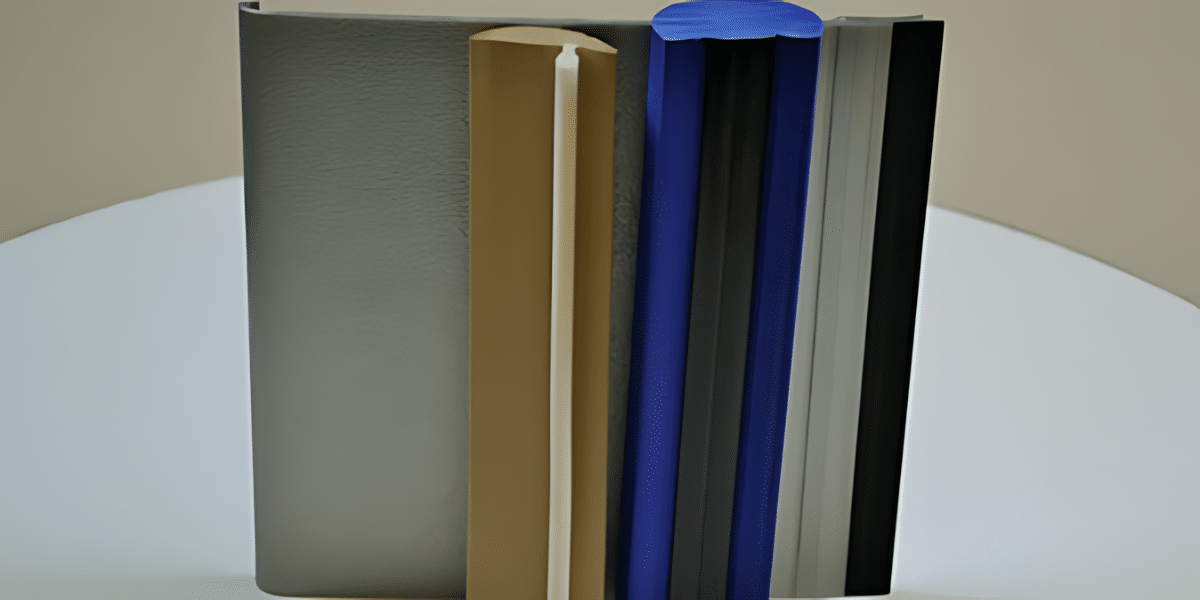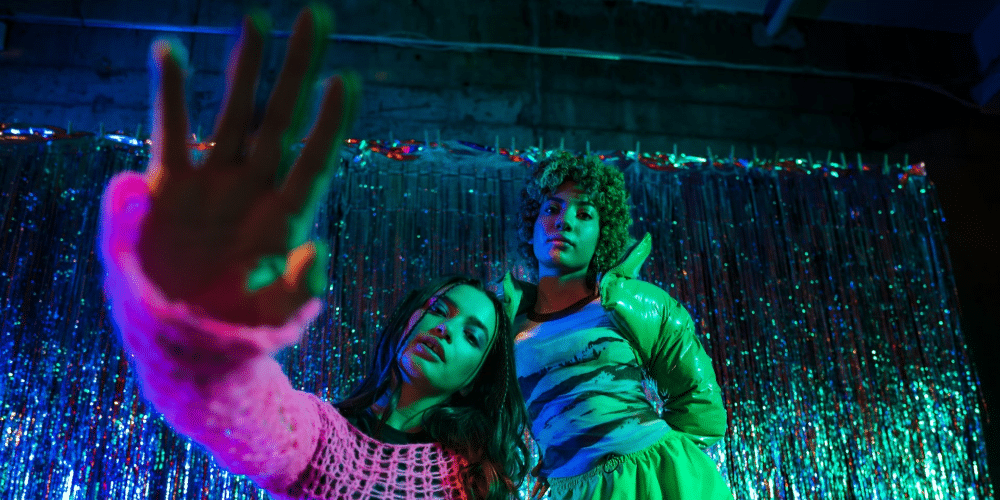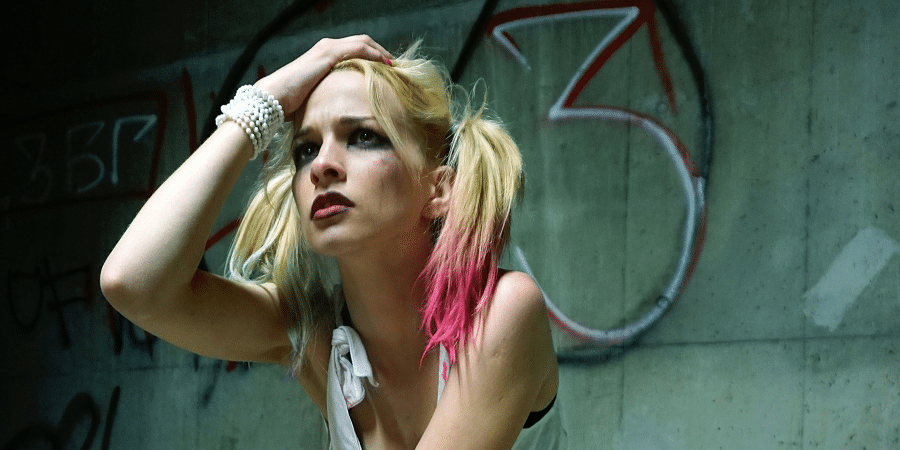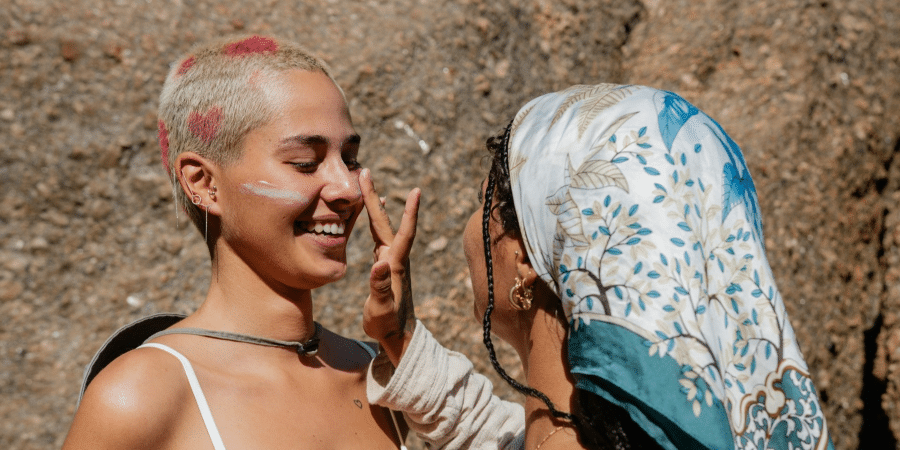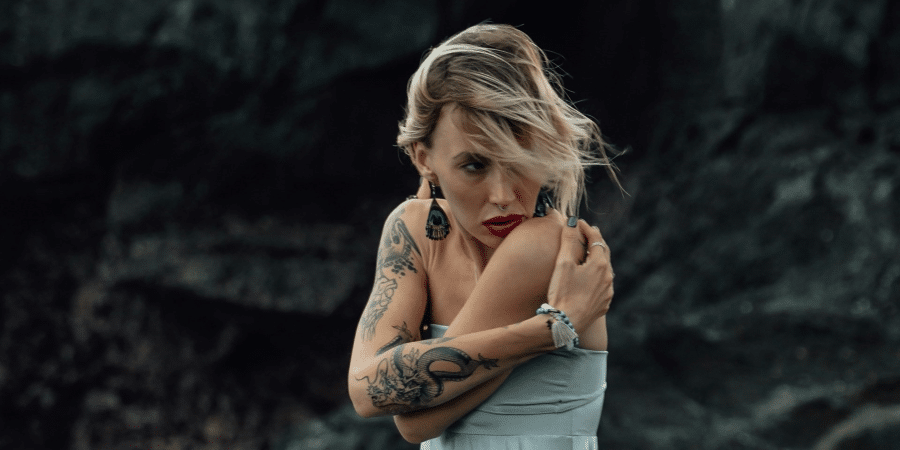In the world of photography, color plays a crucial role in setting the mood, evoking emotions, and creating visually striking images. Among the myriad of colors available, green tints hold a special appeal for many photographers, offering versatility, depth, and a connection to nature that enhances the overall impact of their photographs. In this article, we’ll delve into why photographers like to utilize green tints in their work and how it contributes to the aesthetic quality and storytelling aspect of their images.
1. Connection to Nature
Green is often associated with nature, growth, and vitality, making it a popular choice for photographers who want to capture the beauty and serenity of the natural world. By incorporating green tints into their images, photographers can evoke feelings of calmness, tranquility, and harmony, transporting viewers to lush forests, verdant meadows, and tranquil landscapes. Whether it’s a close-up of leaves bathed in dappled sunlight or a sweeping vista of rolling hills and verdant valleys, green tints can infuse images with a sense of organic beauty and connection to the environment.
2. Enhancing Mood and Atmosphere
Green tints can also be used to enhance the mood and atmosphere of a photograph, adding depth, richness, and complexity to the overall composition. Depending on the shade and intensity of the green tint, photographers can evoke different emotions and impressions, from the vibrant energy of springtime to the moody introspection of a misty forest. By manipulating the color temperature, saturation, and contrast of green tones, photographers can create images that range from bright and cheerful to dark and mysterious, allowing them to convey a wide range of emotions and narratives through color alone.
3. Creating Visual Interest and Contrast
In addition to its emotional and atmospheric qualities, green tints can also add visual interest and contrast to photographs, drawing the viewer’s eye and creating dynamic compositions. Against a backdrop of lush green foliage, other colors such as reds, oranges, and yellows can pop and stand out, creating a vibrant and harmonious color palette that captures attention and engages the viewer. Similarly, the contrast between light and shadow in green-tinted scenes can create depth and dimension, adding visual complexity and intrigue to the image.
4. Symbolism and Cultural Significance
Green holds symbolic and cultural significance in many societies and traditions, representing themes of growth, renewal, and abundance. In photography, green tints can be used to convey these symbolic meanings and add layers of depth and symbolism to the image. Whether it’s a portrait of a farmer tending to his crops, a close-up of fresh sprouts breaking through the soil, or a landscape of rolling hills and lush valleys, green tints can evoke themes of resilience, vitality, and optimism that resonate with viewers on a deeper level.
5. Nostalgia and Personal Connection
For some photographers, green tints evoke feelings of nostalgia and personal connection, reminding them of cherished memories, experiences, and places from their past. Whether it’s the verdant landscapes of their childhood home, the vibrant foliage of a favorite hiking trail, or the tranquil beauty of a secluded forest retreat, green tints can transport photographers back in time and evoke a sense of nostalgia and longing for simpler times. By incorporating green tints into their images, photographers can capture the essence of these memories and experiences, creating images that resonate on a personal and emotional level.
Green Tints Are Elevating
Green tints play a vital role in the world of photography, offering photographers a versatile and evocative tool for enhancing the mood, atmosphere, and visual impact of their images. Whether used to evoke the beauty of nature, enhance the mood and atmosphere of a scene, add visual interest and contrast, convey symbolic meanings, or evoke feelings of nostalgia and personal connection, green tints can elevate photographs to new heights and engage viewers on a deeper level. By understanding the emotional, aesthetic, and cultural significance of green tints, photographers can harness the power of color to create compelling and memorable images that resonate with viewers long after they’ve been taken.


